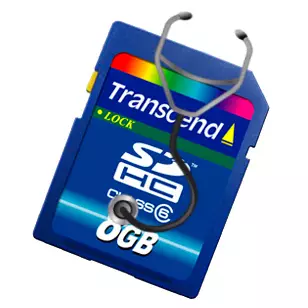
Often, users face a situation where the camera memory card, player or the phone stops working. It also happens that the SD card began to issue an error indicating that there is no place on it or it is not recognized in the device. The loss of performance of such drives creates the owners a serious problem.
How to restore memory card
The most common causes of loss of memory cards are as follows:
- Accidental deletion of information from the drive;
- incorrect shutdown of equipment with a memory card;
- When formatting a digital device, a memory card was not retrieved;
- Damage to the SD card as a result of the breakdown of the device itself.
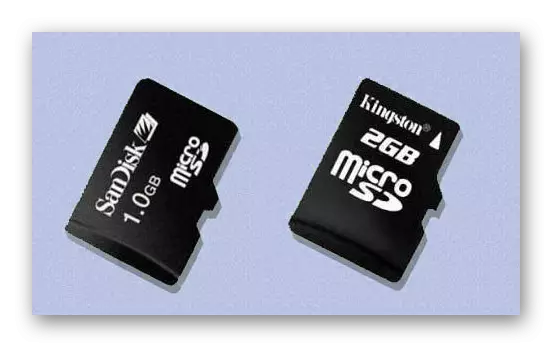
Consider ways to restore the SD drive.
Method 1: Formatting with a special software
The truth is that it is possible to restore the flash drive only by formatting it. Unfortunately, without this, it will not be possible to return its performance. Therefore, in the event of a malfunction, use one of the SD formatting programs.Read more: programs for formatting flash drives
Also, formatting can be performed through the command line.
Lesson: how to format the flash drive via the command line
If all of the above will not return your media to life, only one thing remains low-level formatting.
Lesson: low-level flash drive formatting
Method 2: Using the IFLASH service
In most cases, it is necessary to search for recovery programs, and there are a huge amount. You can do this using the IFLASH service. To restore memory cards, do this:
- To determine the parameters of the VENDOR ID and Product ID, download the USBDEView program (this program is best suited for SD).
Download USBDEView for 32-bit OS
Download USBDEView for 64-bit OS
- Open the program and locate your card on the list.
- Right-click on it and select the "HTML report: Selected Elements" item.
- Scroll through the VENDOR ID and Product ID values.
- Go to the IFLASH website and enter the values found.
- Click "Search".
- The "Utils" section will offer utilities to restore the found model of the drive. Together with the utility there are instructions for working with it.
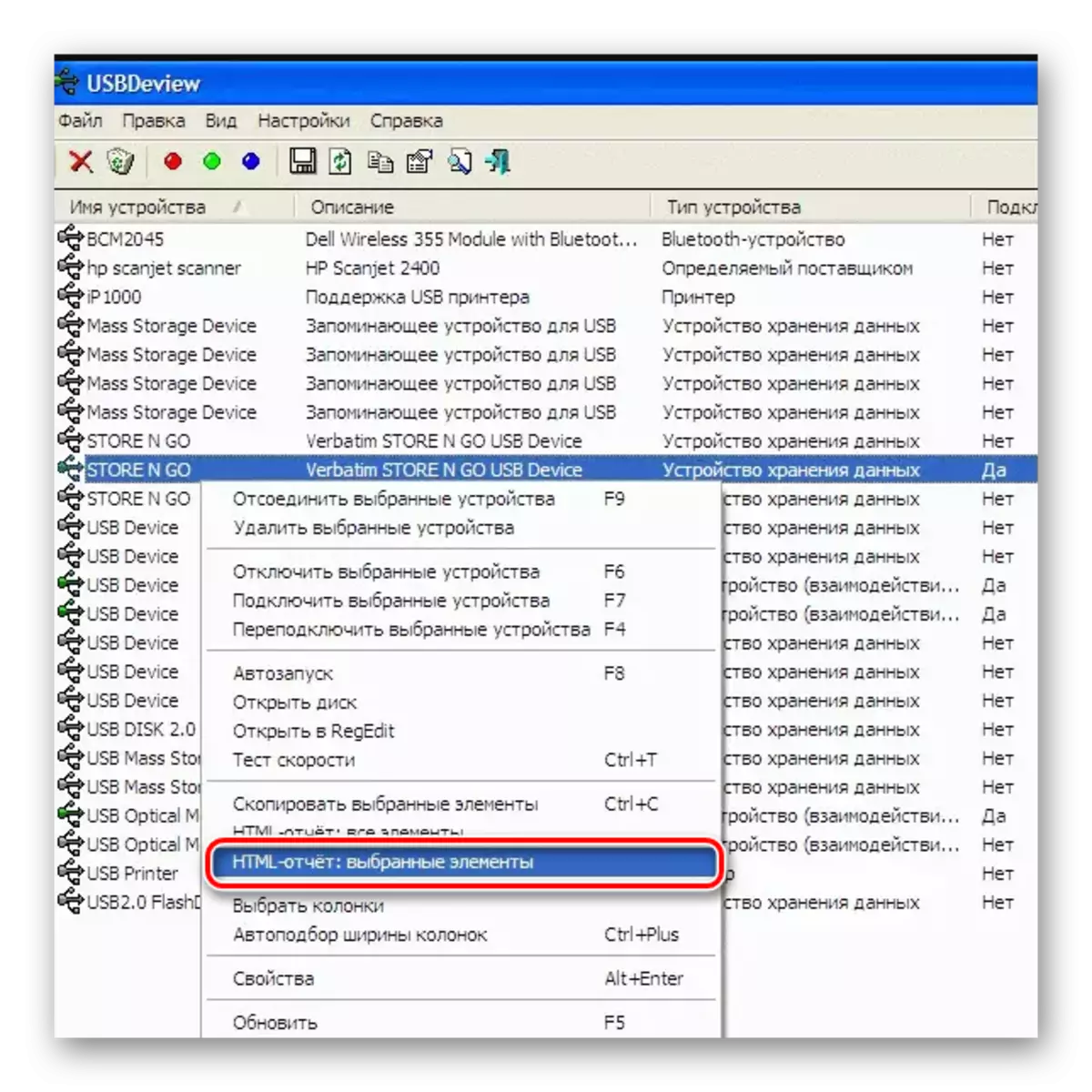

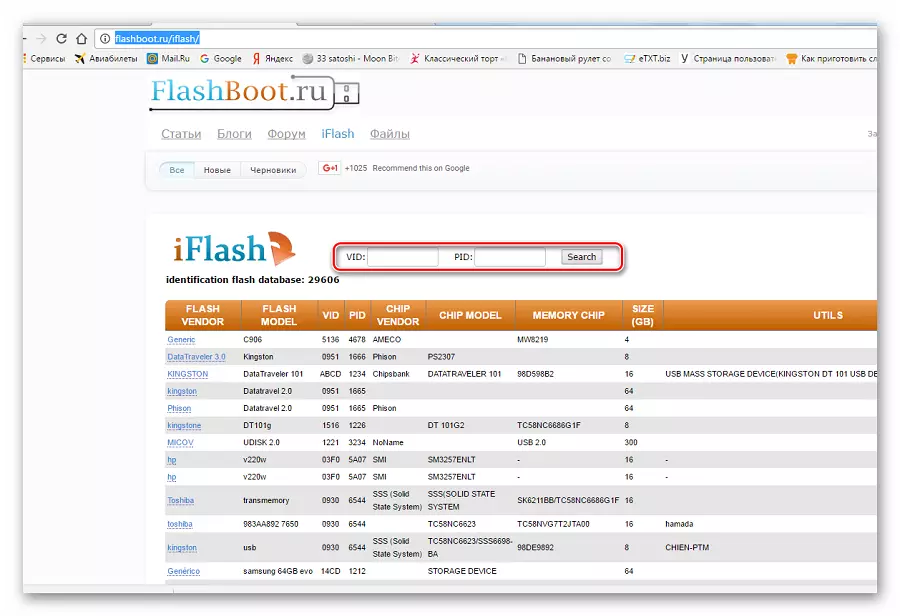
The same applies to other manufacturers. Usually on the official sites of manufacturers are given instructions for recovery. You can also use the search on the IFLASH website.
If the memory card is determined on the computer, but its content is read, then
Check your computer and SD card for viruses. There is a type of viruses that make "hidden" files, so they are not visible.
Method 3: OC Windows
This method helps when a microSD or SD card is not determined by the operating system, and when trying to perform formatting, an error is issued.
Correct this problem using the DiskPart command. For this:
- Press the "WIN" + "R" key combination.
- In the window that opens, enter the CMD command.
- In the command line console, type the DiskPart command and click "ENTER".
- The Microsoft DiskPart utility opens to work with drives.
- Enter List Disk and click "Enter".
- A list of connected devices will appear.
- Find, under what number is your memory card, and enter the SELECT DISK = 1 command, where 1 is the drive number in the list. This command selects the specified device for further work. Press "ENTER".
- Enter the Clean command that clears your memory card. Press "ENTER".
- Enter the Create Partition Primary command, which will re-create a section.
- Exit the command line on the EXIT command.
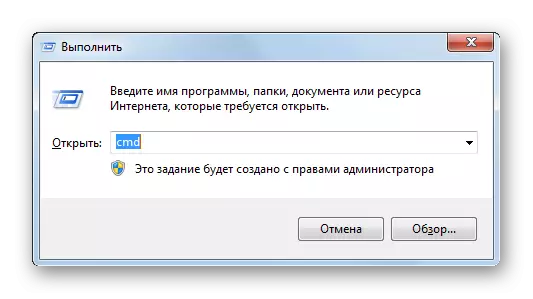
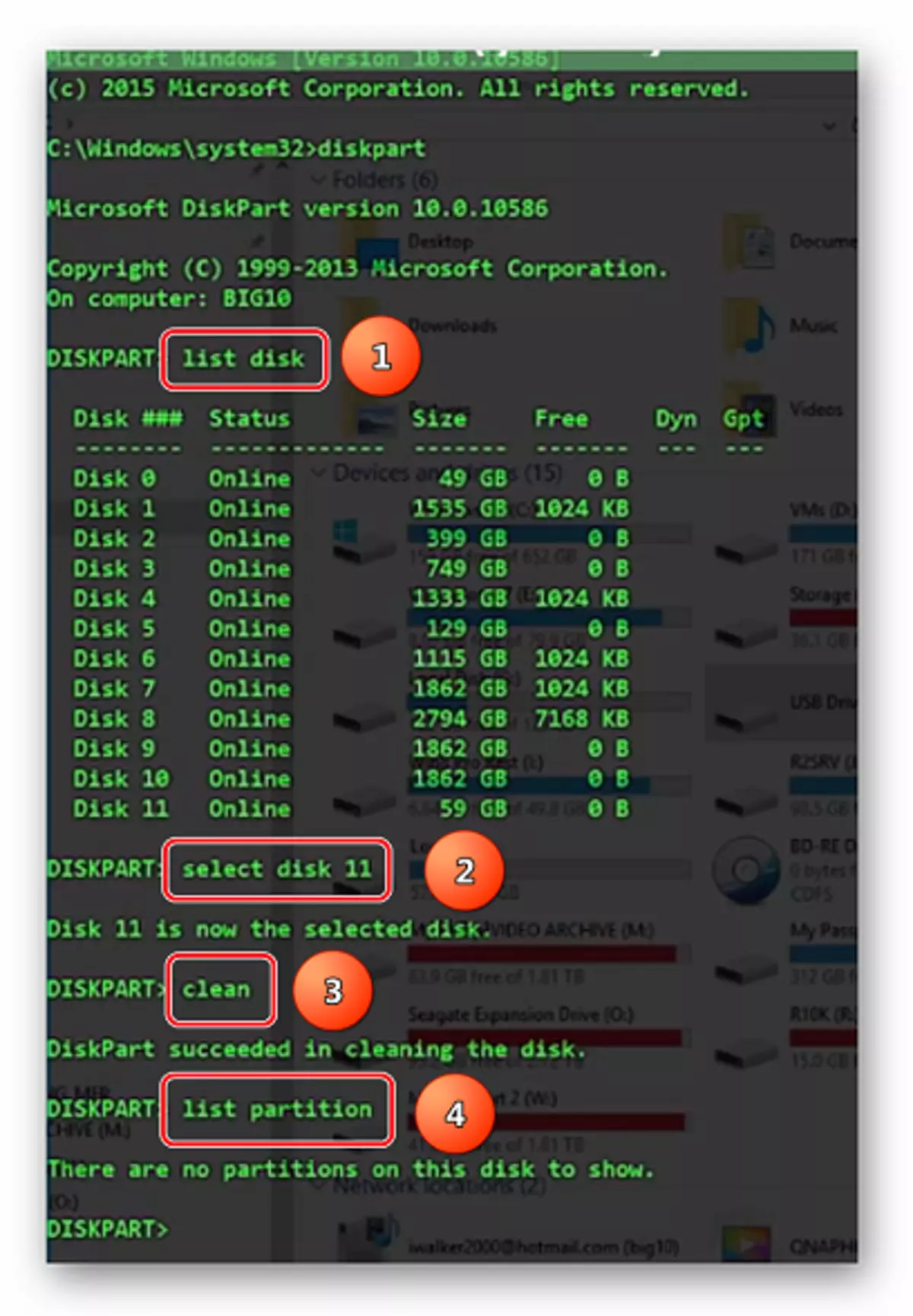
Now the SD card can be formatted using standard OC Windows OCs or other specialized programs.
As you can see, restore information from the flash drive is easy. But still, in order to prevent problems with her, you need to use it correctly. For this:
- Carefully contact the drive. Do not drop it and take care of the moisture, strong temperature drops and strong electromagnetic emissions. Do not touch the contacts on it.
- Really remove the memory card from the device. If when transmitting data to another device, just pull the SD from the connector, the card structure is broken. You should remove a device with a flash card only when no operations are performed.
- Periodically spend the card defragmentation.
- Regularly perform data backup.
- MicroSD hold in a digital device, and not on the shelf.
- Do not fill the card completely, it should remain a bit of free space.
Proper operation of SD cards will prevent half of the problems with its failures. But even if there was a loss of information on it, do not despair. Any of the above ways will help return your photos, music, a film or other important file. Good work!
